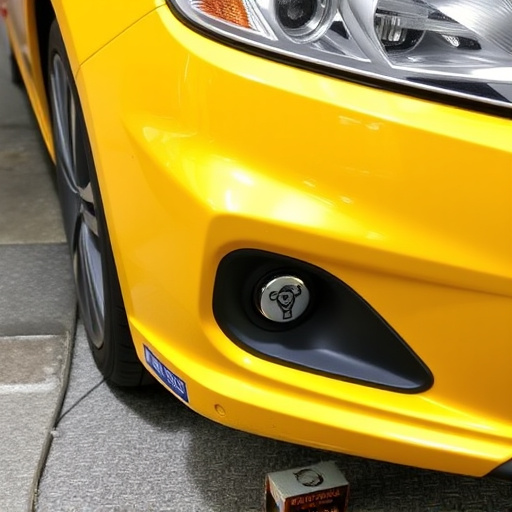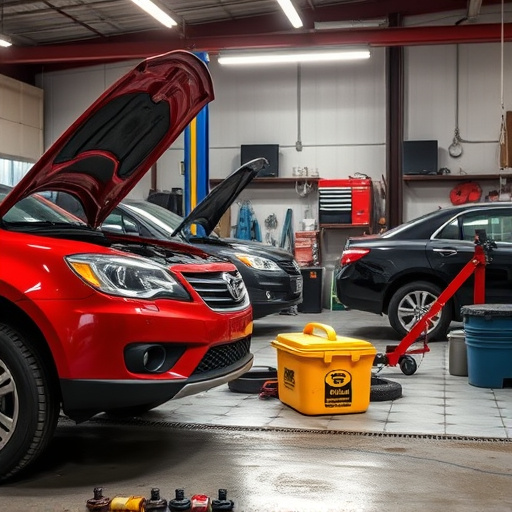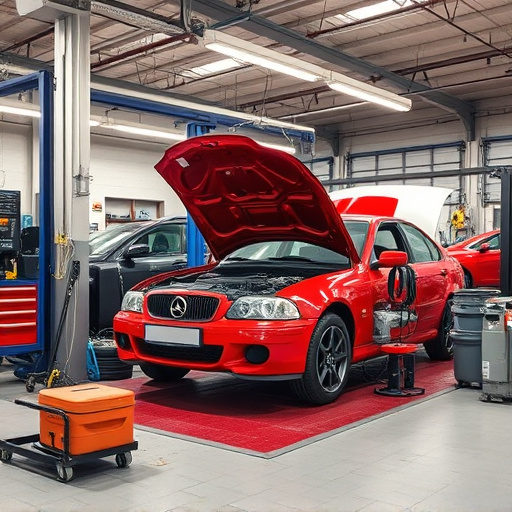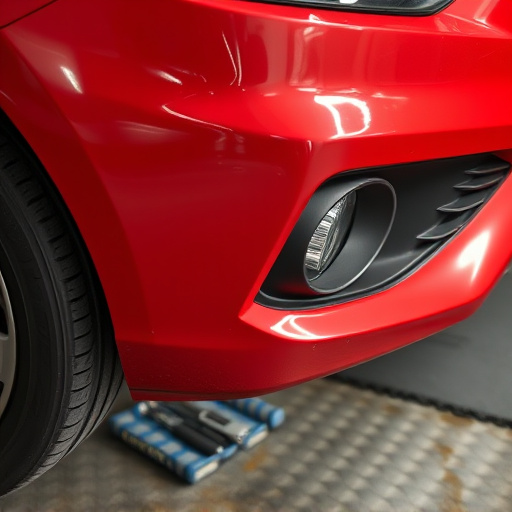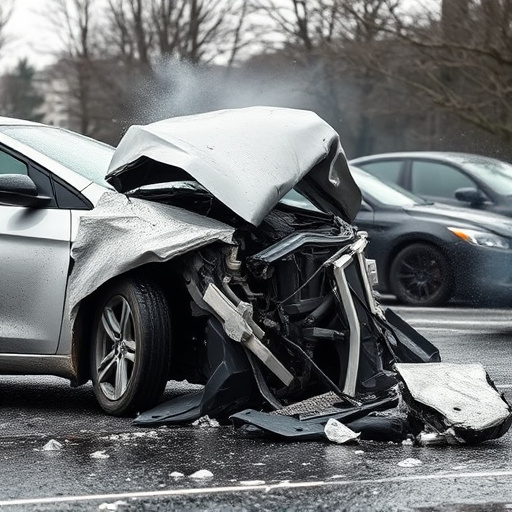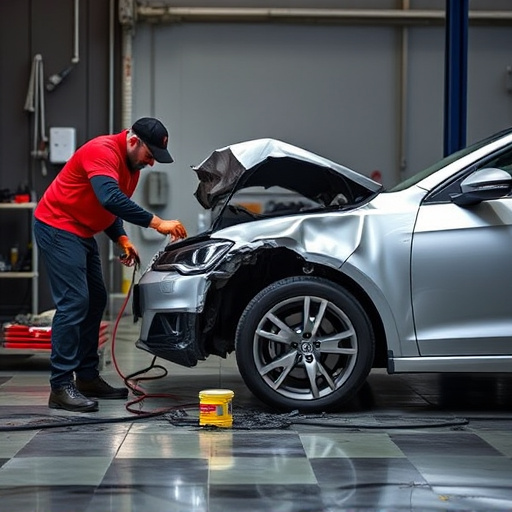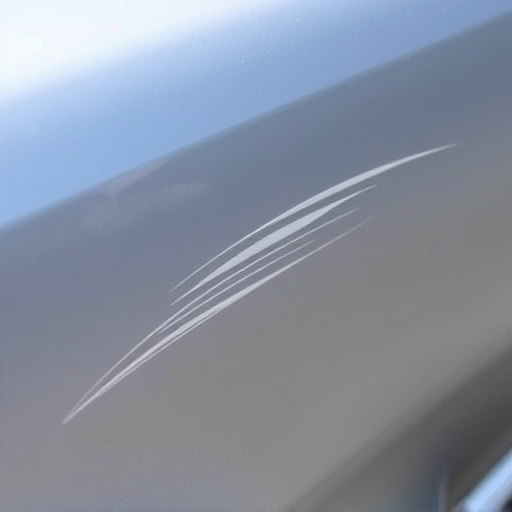When severe tissue damage or organ compromise occurs, plastic body part repair may not be suitable due to limitations in restoring function. Alternative approaches like reconstructive surgery or advanced prosthetics are recommended. Auto body repair techniques, accessible through local searches, offer non-surgical solutions for minor imperfections. Setting realistic expectations and communicating limitations are crucial in patient care, focusing on functionality and scar minimization rather than pursuing perfection.
In the realm of cosmetic and reconstructive medicine, plastic body part repair has gained popularity. However, there are instances where this procedure is not recommended. This article delves into severe tissue damage scenarios where plastic surgery is not viable, explores alternative treatments beyond plastic surgery, and discusses managing patient expectations for realistic outcomes. Understanding when to opt against plastic body part repair is crucial for both patients and healthcare providers alike.
- Severe Tissue Damage: When Plastic Surgery Is Not Viable
- Alternative Treatments for Body Part Repair Beyond Plastic Surgery
- Patient Expectations vs. Realistic Outcomes: Setting Boundaries
Severe Tissue Damage: When Plastic Surgery Is Not Viable
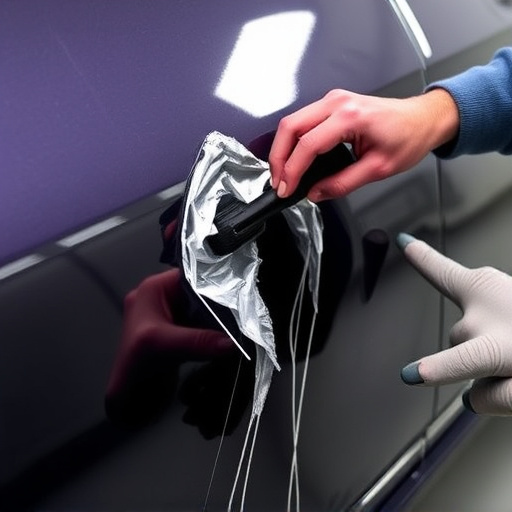
In cases where there has been severe tissue damage, plastic body part repair may not be recommended or viable as a treatment option. This is particularly true in situations where internal organs have been compromised or where extensive scarring and disfigurement have occurred due to trauma, burns, or previous surgeries. In such instances, the focus shifts from cosmetic restoration to functional recovery. While plastic surgery can certainly play a role in improving appearance, it is not always the best course of action when dealing with severe tissue loss.
Instead, medical professionals may suggest alternative approaches, such as reconstructive surgery tailored to restore form and function, or in some cases, advanced prosthetics that mimic natural body parts. These solutions are often more suitable for addressing complex issues related to severe tissue damage, ensuring patients receive the most appropriate care for their unique circumstances. It’s important to consult with specialists who can evaluate the extent of the damage and guide individuals toward the best available treatment options, whether it involves a car body shop-like precision in repairing external structures or sophisticated automotive repair services for internal components.
Alternative Treatments for Body Part Repair Beyond Plastic Surgery
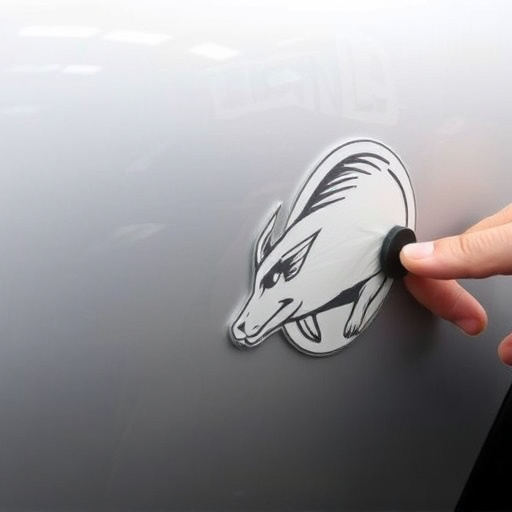
While plastic body part repair, or cosmetic surgery, is often considered as a first resort for physical imperfections, it’s crucial to remember that there are alternative treatments available that can offer effective solutions. In some cases, non-surgical procedures and techniques, including advanced auto body repair methods, can be a better fit depending on the specific condition and desired outcome.
Auto body repair specialists, often found through a simple search for “auto repair near me”, utilize precision techniques such as specialized auto painting and tissue grafting to restore damaged areas without invasive surgery. These professionals are adept at addressing issues like minor scars, burns, or deformities, providing natural-looking results that enhance overall appearance without the associated risks and recovery periods of plastic body part repair.
Patient Expectations vs. Realistic Outcomes: Setting Boundaries
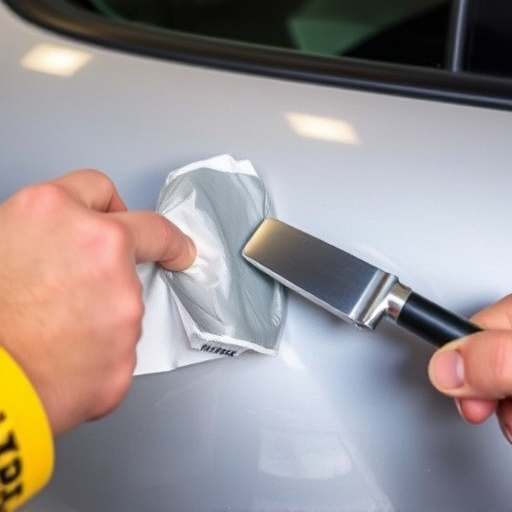
Patient expectations play a significant role in their satisfaction with any cosmetic procedure, including plastic body part repair. However, it’s crucial to set realistic boundaries and expectations from the outset. Many individuals come into such procedures with visions of flawless results, often inspired by social media or celebrity standards. While these services can enhance appearance and boost confidence, they are not a panacea for every concern.
Healthcare professionals must clearly communicate that plastic body part repair has limitations. For instance, severe scarring from accidents or extensive tissue damage might not respond well to repairs, and attempting such procedures could lead to complications or unacceptable outcomes. In cases like deep car scratch repair or complex automotive body work, where the original structure is compromised, focusing on restoring functionality and minimizing scars may be a more realistic goal than achieving a flawless, unnoticeable repair.
While plastic body part repair can offer significant improvements, there are circumstances where it’s not recommended. Severe tissue damage, unrealistic patient expectations, and the potential for complications make alternative treatments a more suitable option in some cases. It’s crucial to consult with medical professionals who can guide individuals towards the best course of action based on their unique situation, ensuring they receive accurate information about both plastic surgery and non-surgical alternatives.
